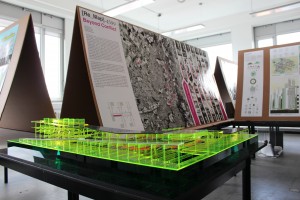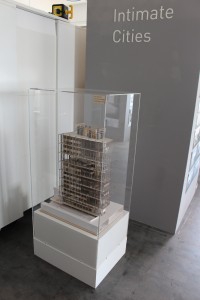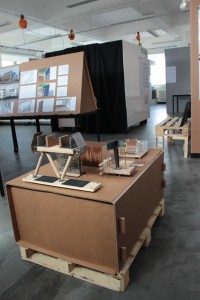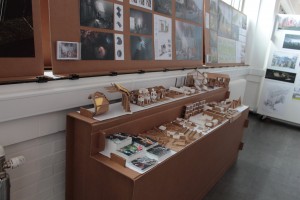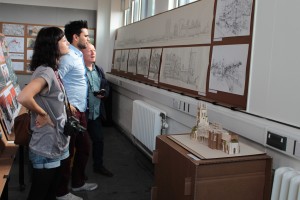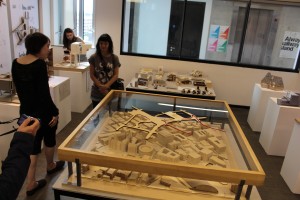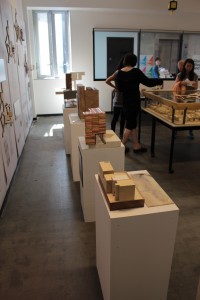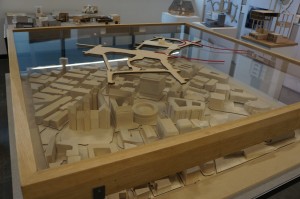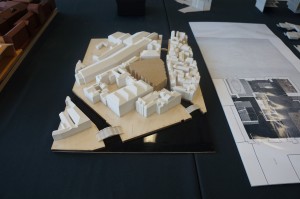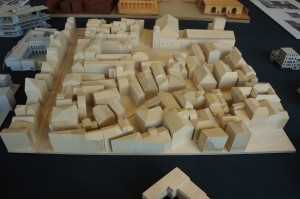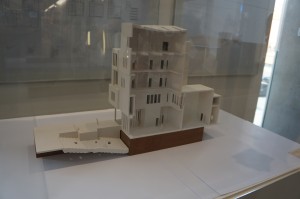We are very pleased to announce that our own Dr Raymond Lucas will be our chair speaker for ‘Modelmaking in the Digital Age‘ taking place on March 9th. Ray will be introducing and overseeing the converse of our day to help get the insights we all want to get from our fantastic group of visiting speakers.
Dr Lucas has recently been appointed as Head of Architecture in Humanities at the University of Manchester and as such will have a close relationship with our workshop activities in future.
His involvement teaching at MSA and research with the Manchester Architectural Research Centre (MARC) however has been ongoing for the last 4 years so Ray is well versed in the active role our cause plays for our students.
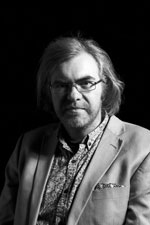 Dr Lucas describes he teaching role as part of Manchester School of Architecture:
Dr Lucas describes he teaching role as part of Manchester School of Architecture:
I teach in the Manchester School of Architecture in a variety of roles. Â
In the recent past, this has included teaching in studio and coordinating the humanities for the undergraduate BA in Architecture. Â I have worked closely with colleagues across institutions in developing the humanities curriculum, teaching and coordinating the following courses: Architectural History: Epochs; Architectural History: Paradigms; Architecture & Observation/Graphic Anthropology; Agenda Building; World Urbanism. Â Further to this, I have taught in the postgraduate studios Continuity in Architecture and Intimate Cities and supervised a number of postgraduate dissertations.
The teaching ethos of humanities in MSA is important, and involves a close integration of the various humanities disciplines with design studio. Â Humanities in architecture is relevant to the process of design, be that in determining the survey and understanding of a site; understanding the context of a place, typology, practice or material; or as precedents which can inform today’s architectural practice. Â The second part of this teaching ethos is to deliver current research to students as much as possible. Â Whilst maintaining the structure of a foundation in architectural history and theory, it is important to move beyond the classicist surveys of the past and to exploit the wide range of contemporary research being conducted in Manchester School of Architecture both within MARC and our MMU colleagues.
We look forward to seeing you there!

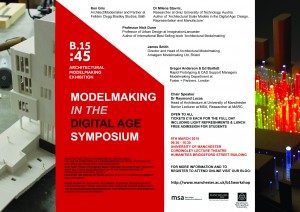
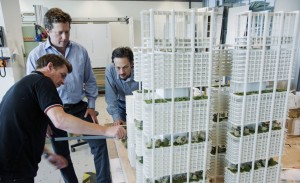



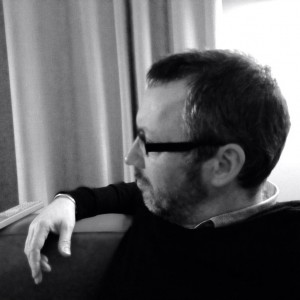


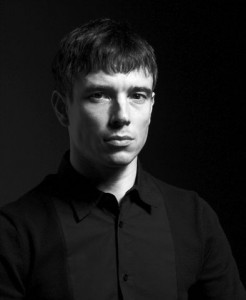

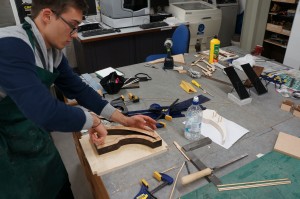
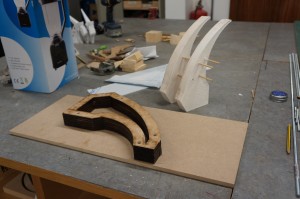

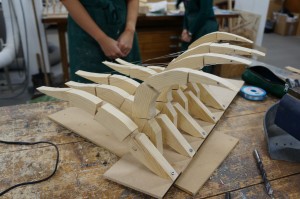

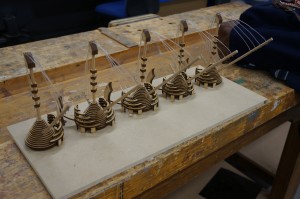
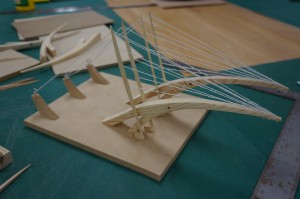
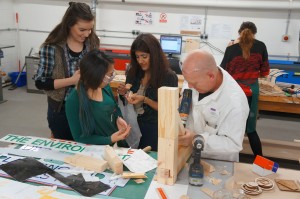
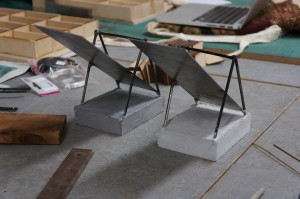
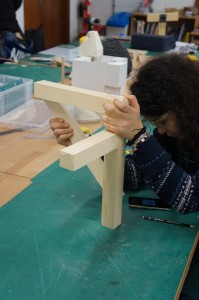

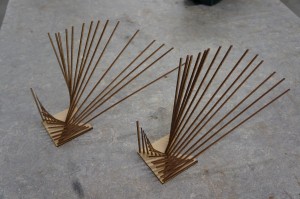









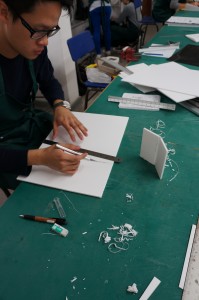

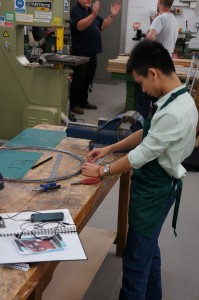

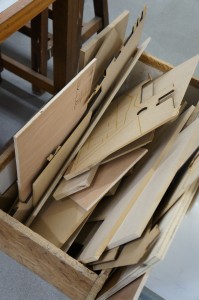

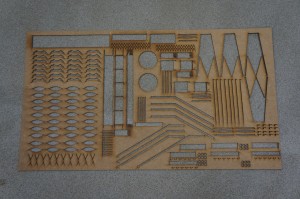

![4D_logo[1]](https://b15.humanities.manchester.ac.uk/wp-content/uploads/2014/09/4D_logo1-300x155.jpg)

